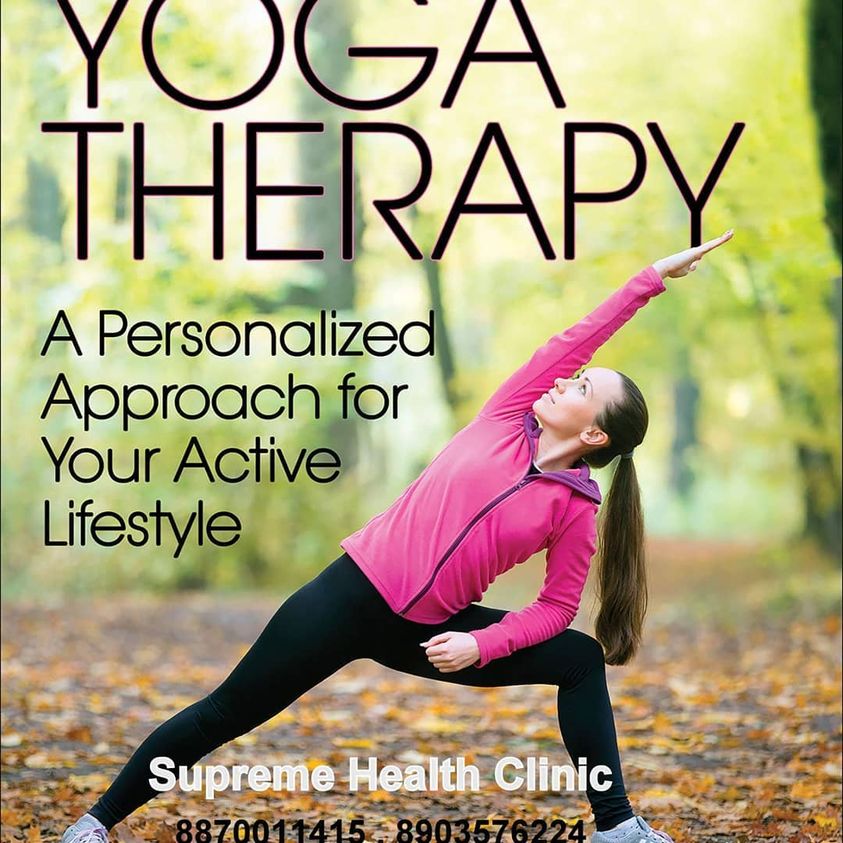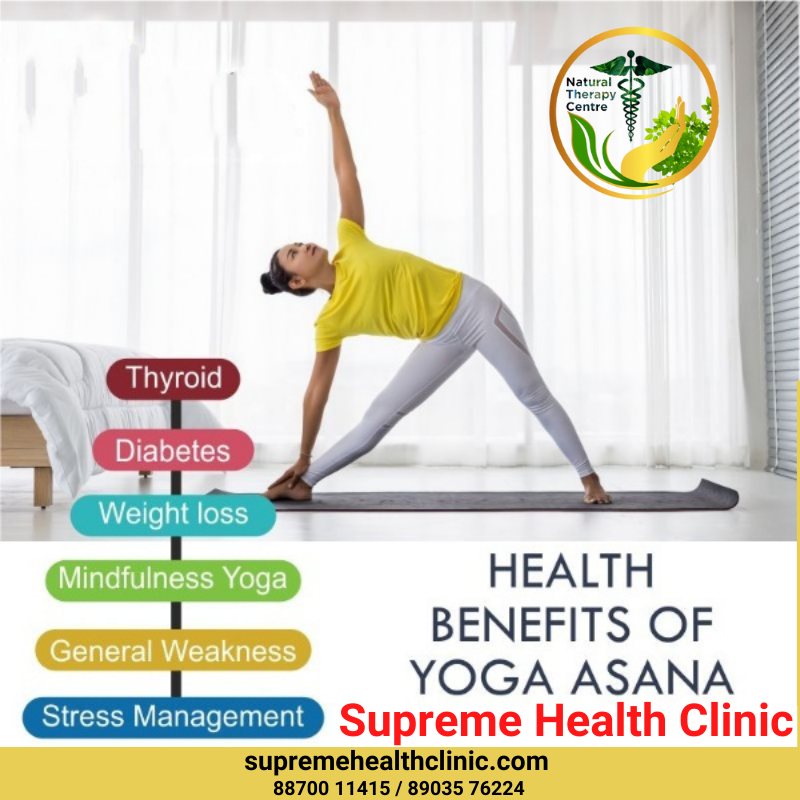“Say Goodbye to Upper Abdominal Fat: Effective Exercises and Tips”
Excess fat around the upper abdominal area can be frustrating and challenging to get rid of. However, with the right combination of exercises and lifestyle changes, you can achieve a toned and flat tummy. In this blog post, we will explore effective exercises and valuable tips to help you reduce upper abdominal fat and achieve your fitness goals.
- Planks: Planks are an excellent exercise for targeting the entire core, including the upper abdominal muscles. Begin by getting into a push-up position, supporting your body weight on your forearms and toes. Keep your body in a straight line and hold the position for 30-60 seconds. Repeat this exercise three to four times, gradually increasing the duration as you build strength.
- Bicycle Crunches: Bicycle crunches are an effective and dynamic exercise that engages the upper and lower abdominal muscles. Lie flat on your back, lift your legs off the ground, and bend your knees. Place your hands behind your head and bring your right elbow towards your left knee while extending your right leg. Alternate sides in a cycling motion, maintaining a controlled pace. Aim for 15-20 reps on each side and gradually increase as you progress.
- High-Intensity Interval Training (HIIT): Incorporating high-intensity interval training into your routine can help burn calories and reduce overall body fat, including upper abdominal fat. HIIT involves short bursts of intense exercise followed by brief recovery periods. It can be as simple as performing exercises like jumping jacks, burpees, or mountain climbers at maximum intensity for 30 seconds, followed by 15-20 seconds of rest. Repeat this cycle for 10-15 minutes to elevate your heart rate and burn fat effectively.
- Balanced Diet: Exercise alone won’t yield optimal results if your diet isn’t aligned with your goals. Focus on consuming a balanced diet that includes lean proteins, whole grains, fruits, vegetables, and healthy fats. Reduce your intake of processed foods, sugary snacks, and beverages high in calories. Opt for smaller, more frequent meals throughout the day to keep your metabolism active and prevent overeating.
- Stay Hydrated: Drinking an adequate amount of water throughout the day is essential for overall health and weight management. Water helps flush out toxins, boosts metabolism, and keeps you feeling full, reducing the likelihood of overeating. Make it a habit to drink at least 8-10 glasses of water daily, and you can also incorporate herbal teas and infused water for added hydration and flavor.
- Manage Stress: Stress can contribute to weight gain, particularly around the abdominal area. Practice stress management techniques such as meditation, deep breathing exercises, yoga, or engaging in activities you enjoy. Getting enough sleep and maintaining a healthy work-life balance are also crucial in managing stress levels and promoting overall well-being.
Reducing upper abdominal fat requires a combination of targeted exercises, a balanced diet, and a healthy lifestyle. Consistency, patience, and commitment are key to achieving your desired results. Incorporate the exercises mentioned above into your fitness routine, adopt a wholesome diet, stay hydrated, manage stress, and track your progress along the way. With determination and the right approach, you’ll be on your way to a toned and flat tummy in no time.





